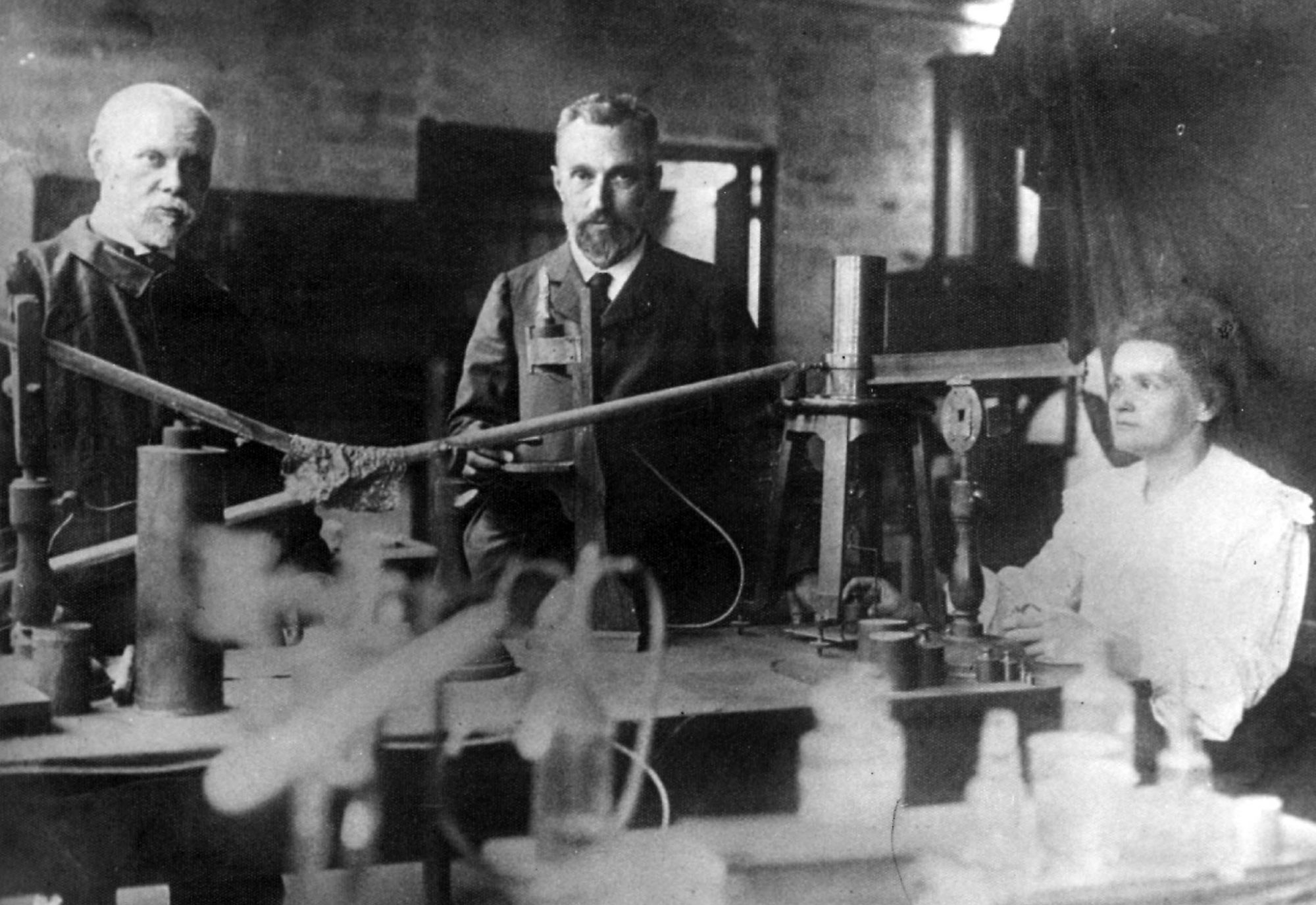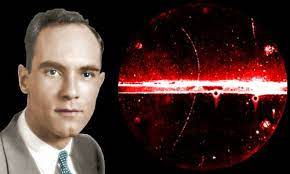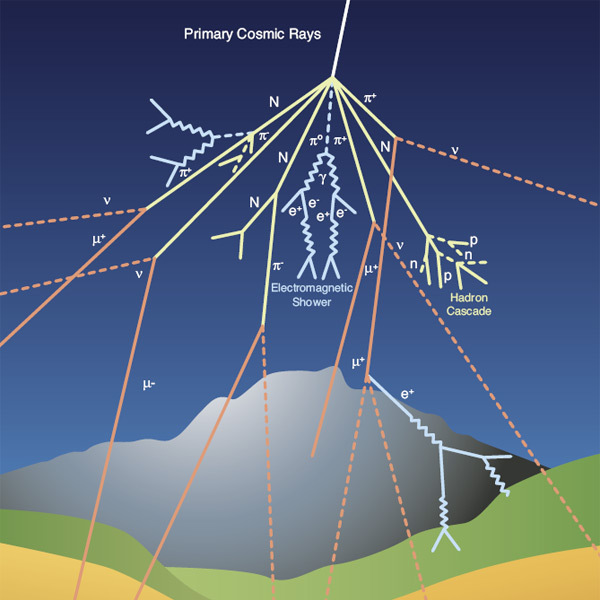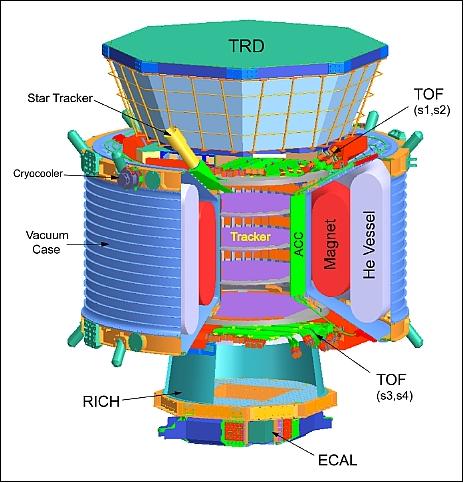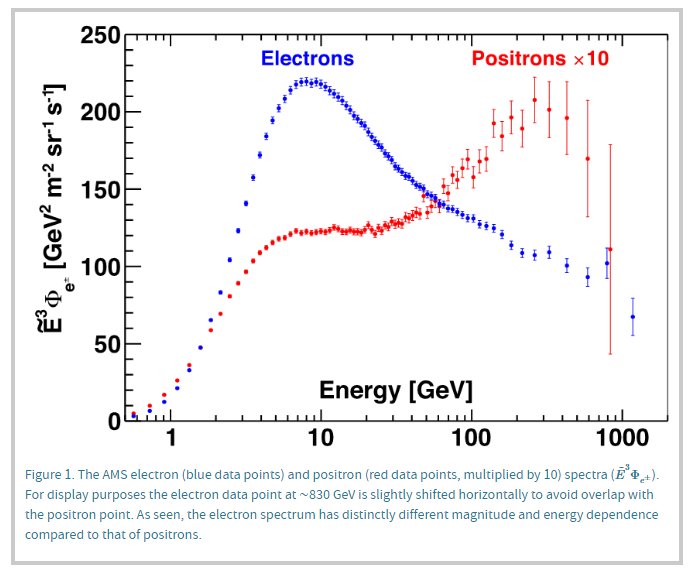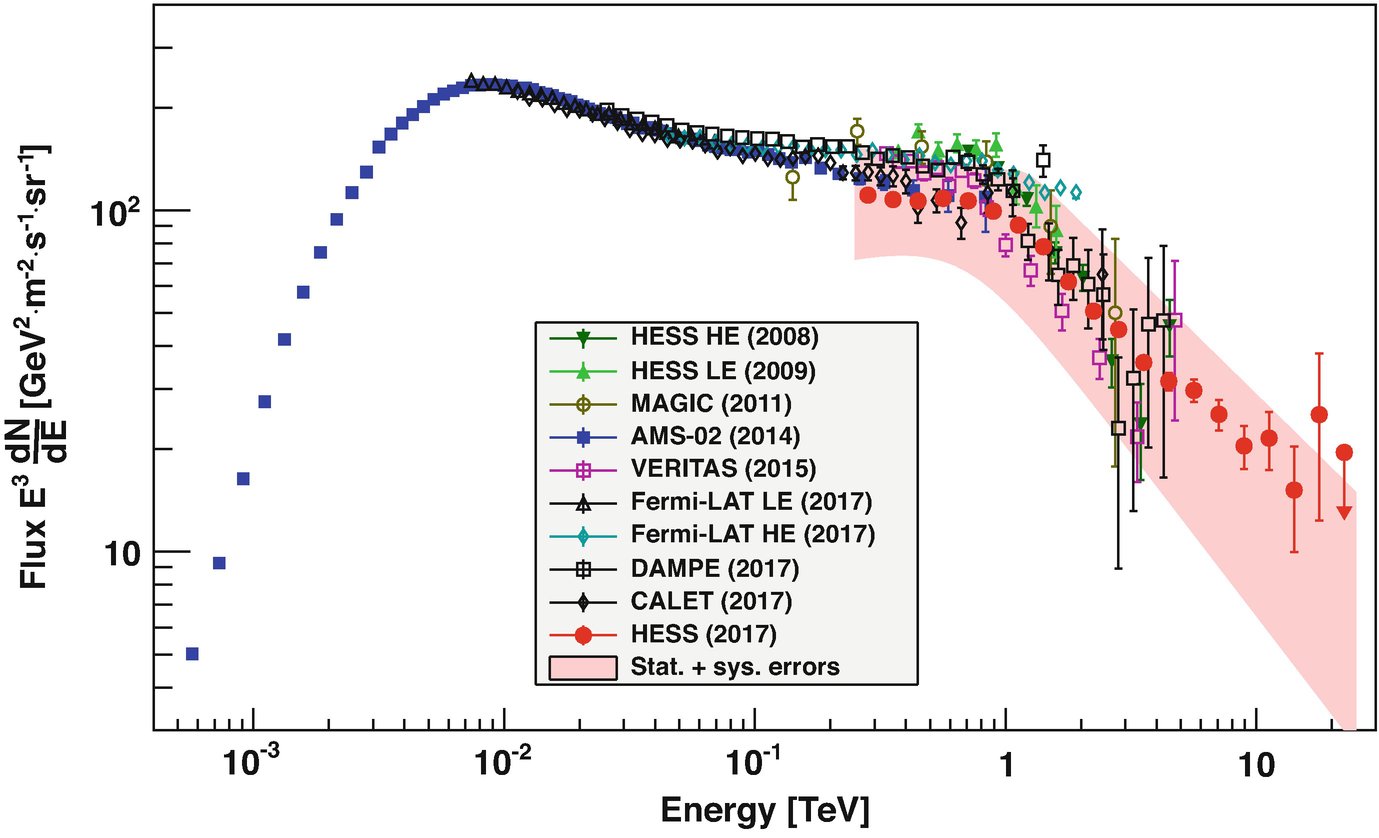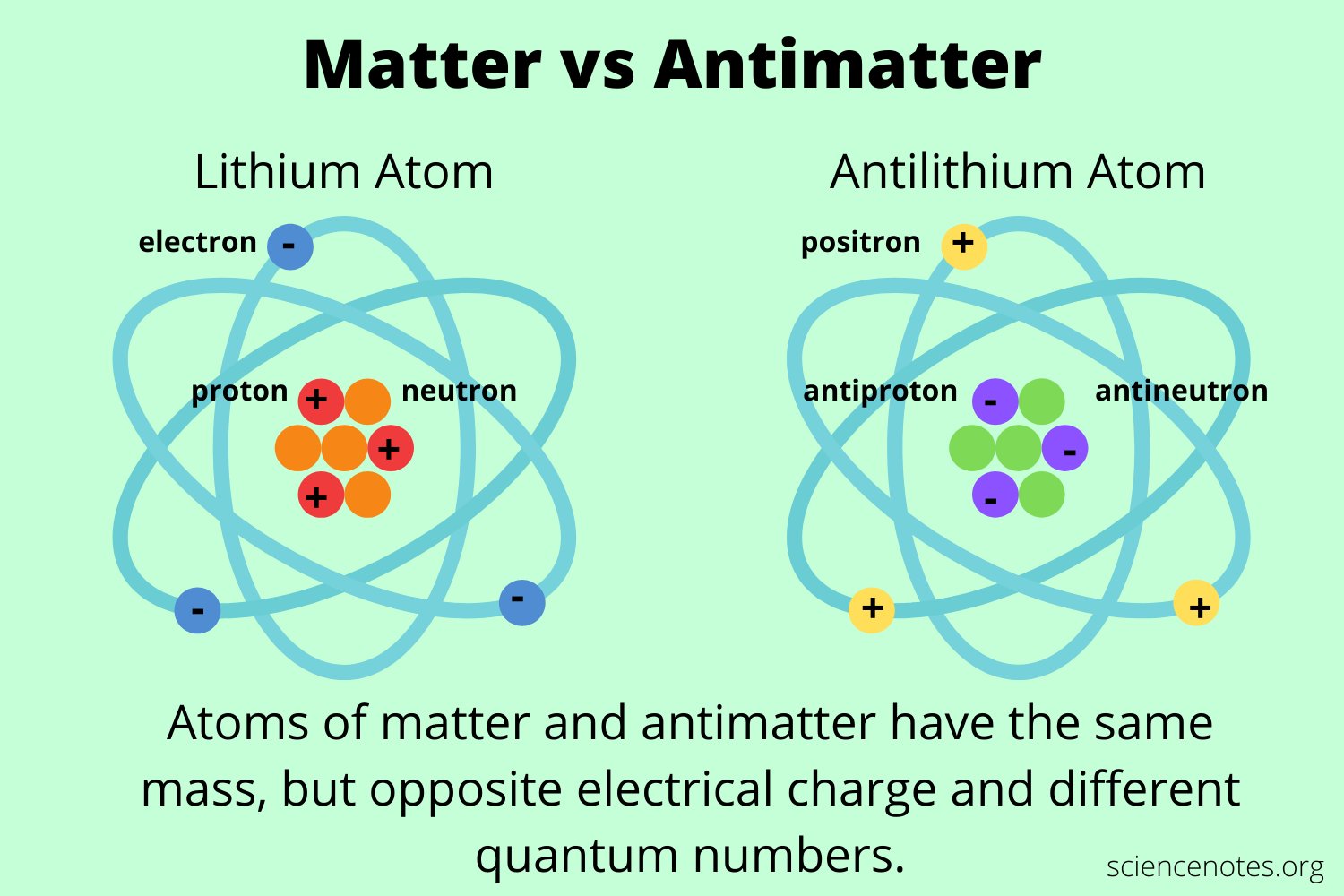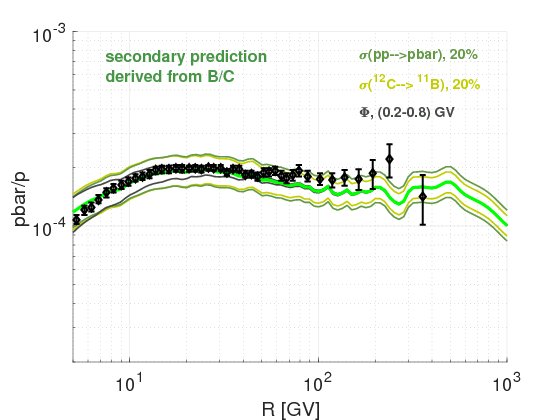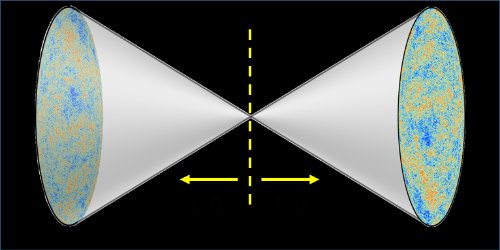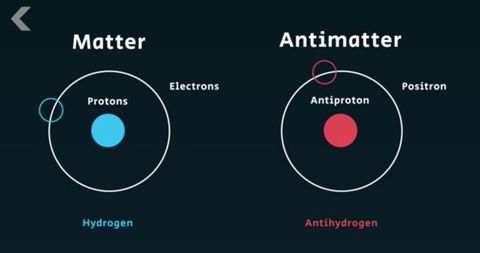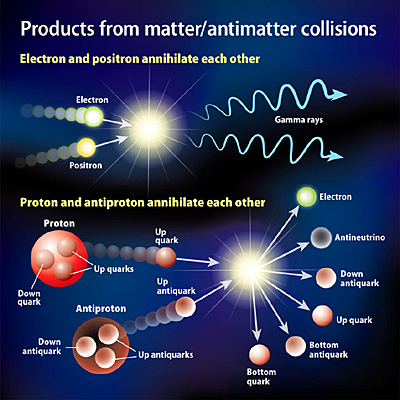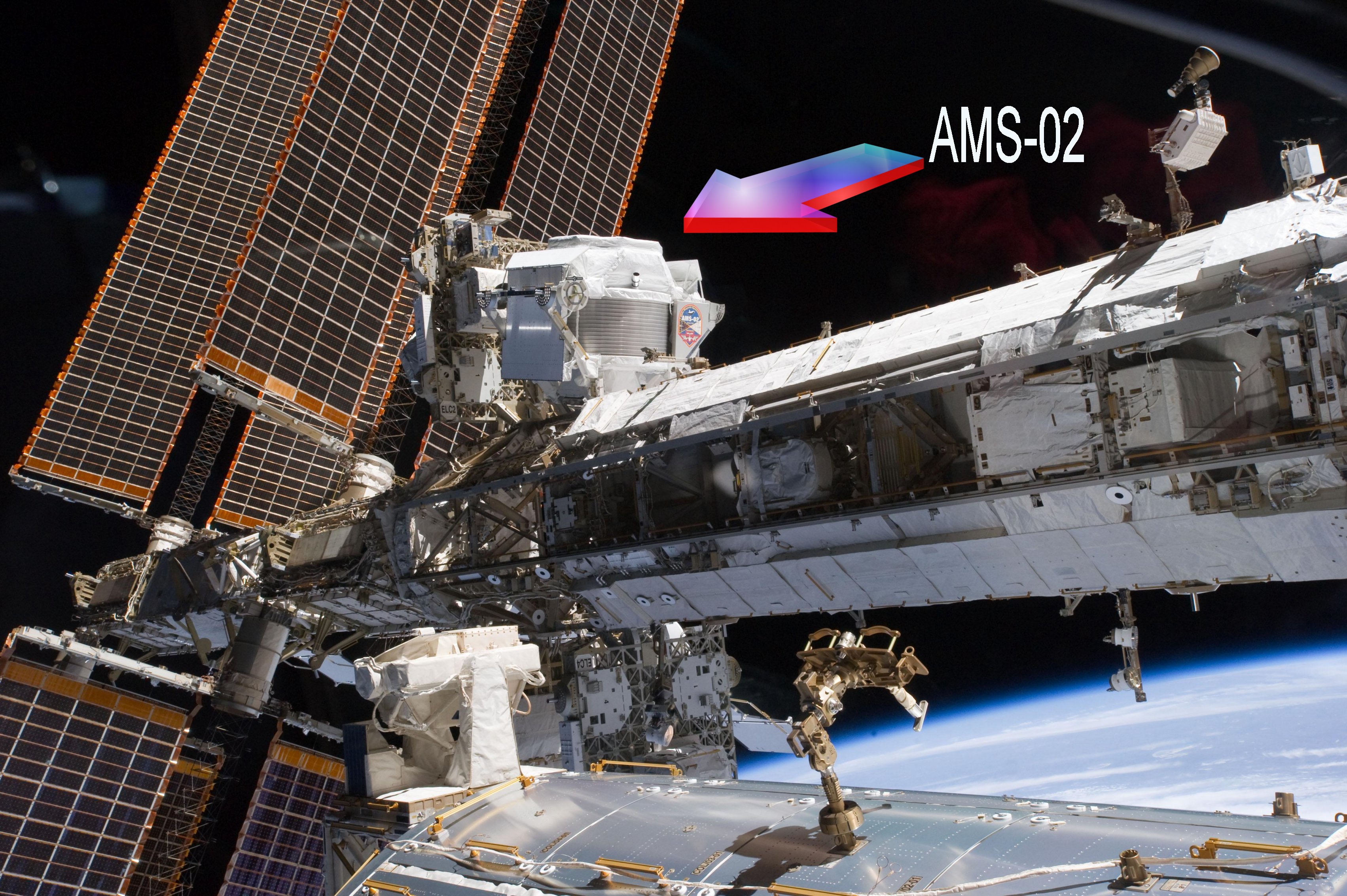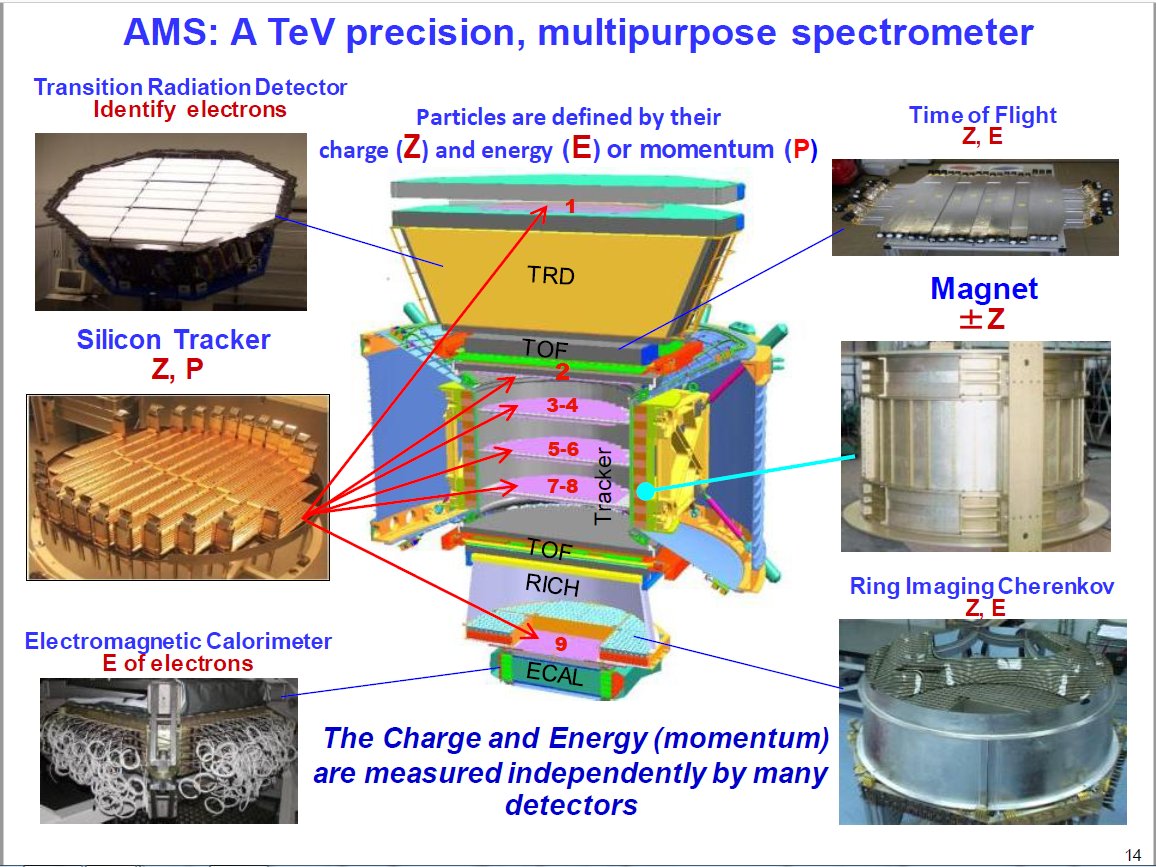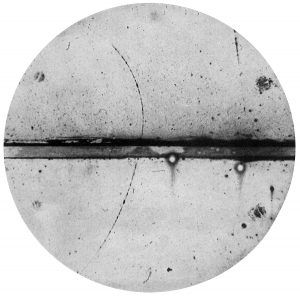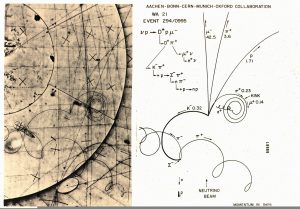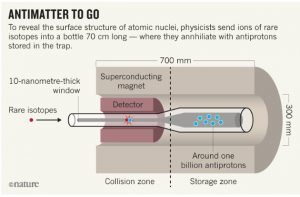Physicists are always fascinated by symmetries in the world around us. For example there appears to be exactly the same number of positively charged particles as there are negatively charged particles. At the same time there are just as many north magnetic poles as south magnetic poles.

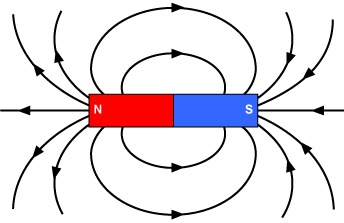
Another big symmetry appears when we look at the distribution of galaxies throughout the Universe as a whole. In whatever direction we look there are the same sorts of galaxies in roughly the same density. In terms of space the Universe appears to be very symmetrical.
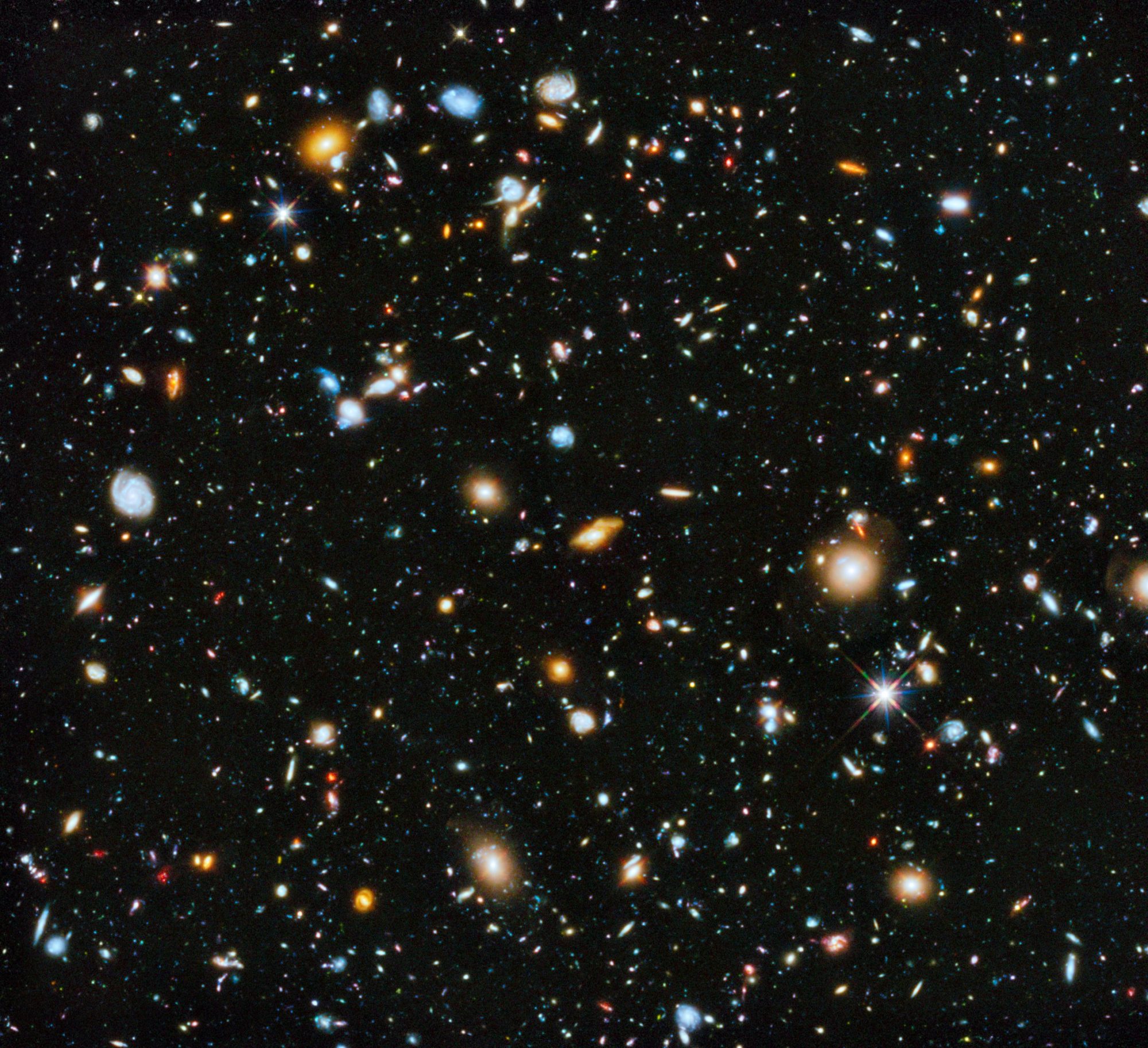
Not so in time. We know that the Universe is expanding; Carl Hubble made that discovery more than 90 years ago now. So in the distant past, billions of years ago, all of those galaxies would have been much closer together than they are today. And going even further back all of the matter in the Universe would have formed one big, dense hot cloud, a big bang. So why should time be different from space.
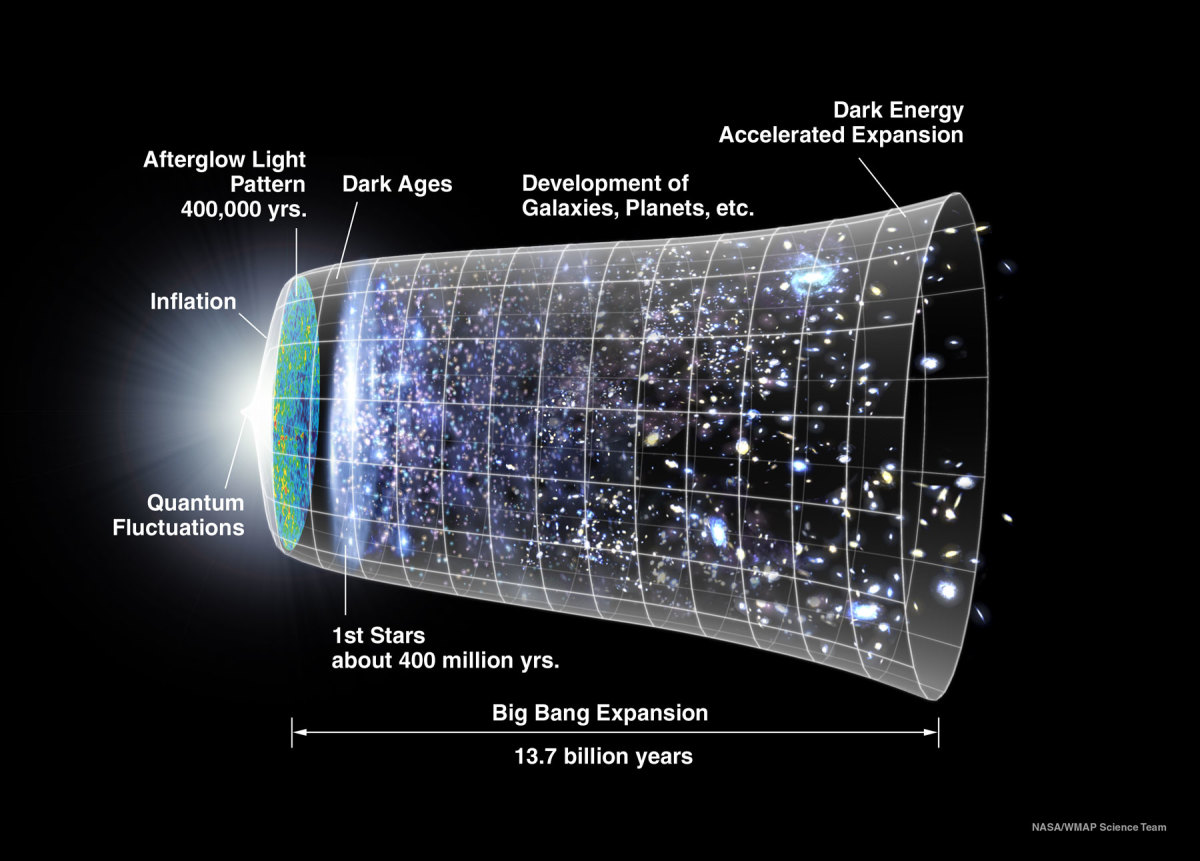
After all Einstein’s Theory of Relativity tells us that time should really be treated mathematically in the same way as space, a principal know as covariance. And all of the experiments we perform in big atom smashers like the ones at CERN or Fermilab confirm Einstein’s ideas.
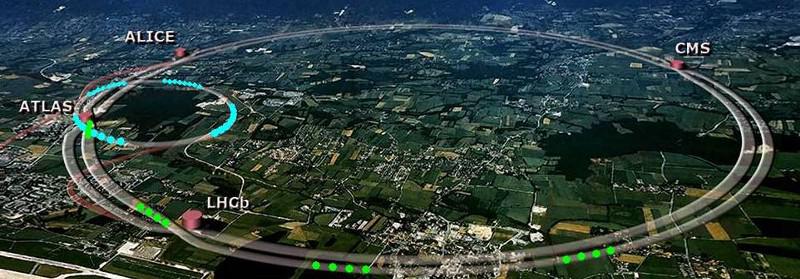
Another big lack of symmetry that has physicists confounded is that between matter and anti-matter, those mysterious mirror particles that have the same mass but opposite charge of the matter particles that form everything we know. Another curious fact about anti-particles are that when they come in contact with their ‘normal’ matter counterpart the two annihilate each other becoming photons of light. Matter into energy, just as Einstein said. Again, both our theories and the experiments performed at high-energy physics labs all tell us that anti-particles should be generated just as often as particles, that there should be just as much anti-matter in the Universe as matter.
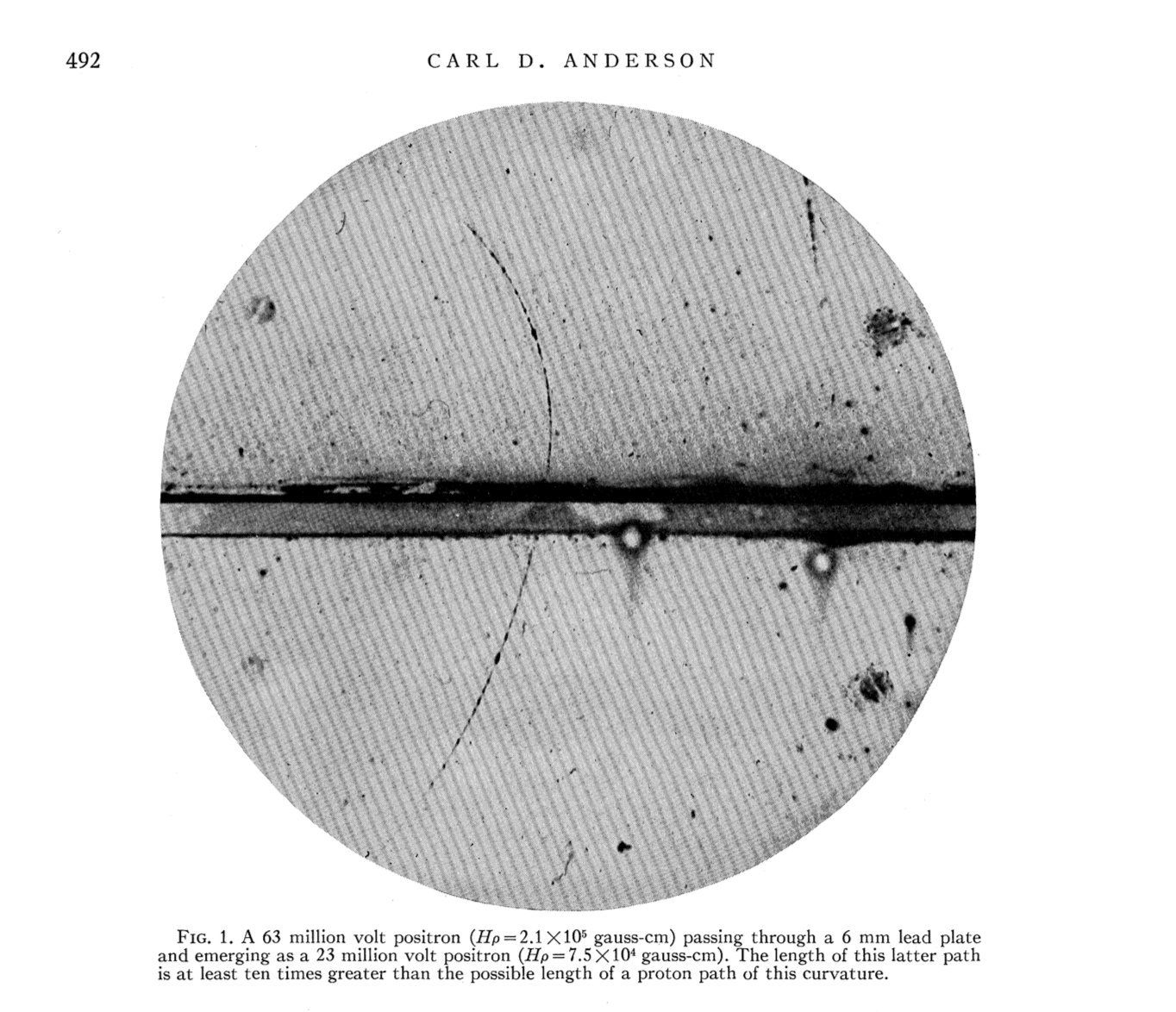
But there isn’t, certainly not in our Solar System because since the solar wind touches every planet, moon and etc. we’d see the energy from matter anti-matter annihilation if say Jupiter were anti-matter. And that also means that our galaxy can’t contain anti-matter since the interstellar medium touches every star system and again, we don’t see any sign of matter anti-matter annihilation.
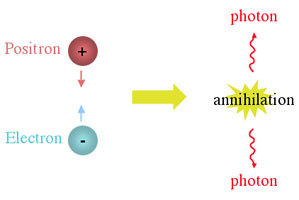
What about different galaxies you ask? Couldn’t some of them be composed of anti-matter? Well maybe, but astronomers have also seen a number of galaxies that are colliding with other galaxies and once more there are no signs of the type of energy release that would indicate matter and anti-matter in contact. That leaves physicists with the question, where is all of the anti-matter?
So physicists are faced with two instances of non-symmetry, in time and in matter / anti-matter. And since physicists are clever people it isn’t surprising that someone thought to use one problem to solve the other. You see back in the 1950s physicist Richard Feynman suggested that the best way to think about anti-particles, his paper was explicitly about anti-electrons, was to consider them as normal electrons going backward in time. That way when an electron, going forward in time, collides with an anti-electron, going backward in time they turn into photons who, according to relativity, do not travel in time, perfect symmetry.
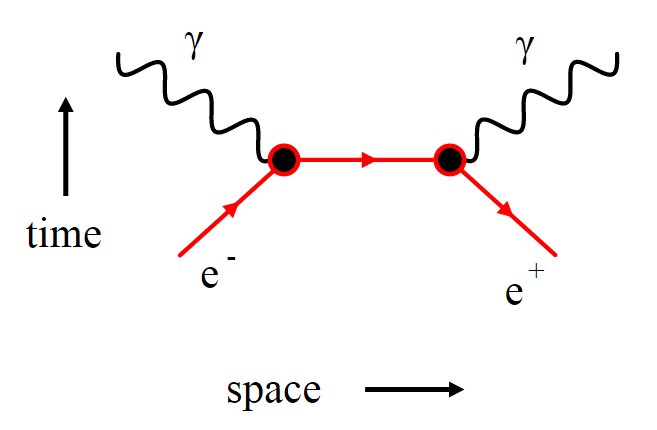
So let’s go with that thought, let’s assume that all anti-matter is just normal matter going backward in time. Then what happened to all of the anti-matter that should have been created by the big bang? Well it went backward in time and exists before the big bang. The Universe before the big bang was made up of an amount of anti-matter equal to the matter in the Universe after the big bang. Perfect symmetry.
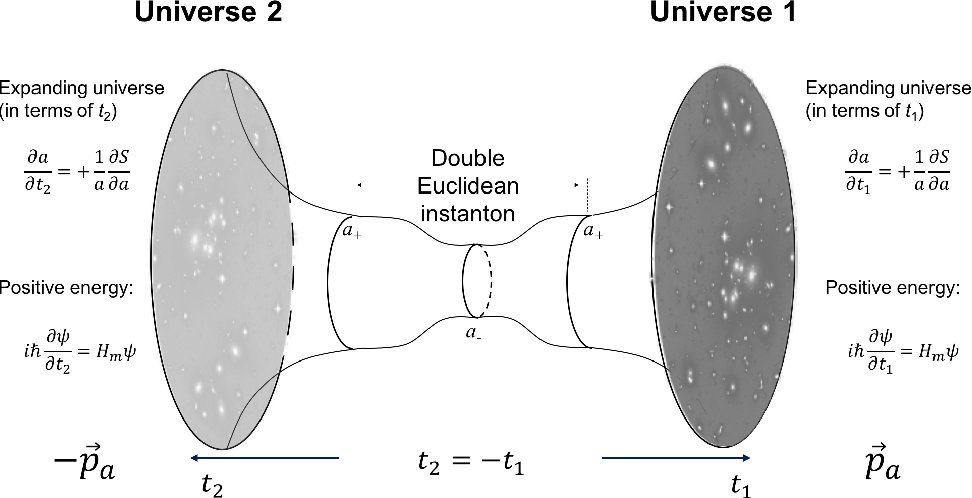
Time symmetry is restored as well because whatever the Universe looks like at a certain time t after the big bang the Universe looked exactly the same way, on a large scale at least, at the same time t before the big bang. This new model of the Universe uses its anti-matter component as a mirror to fully restore symmetry.
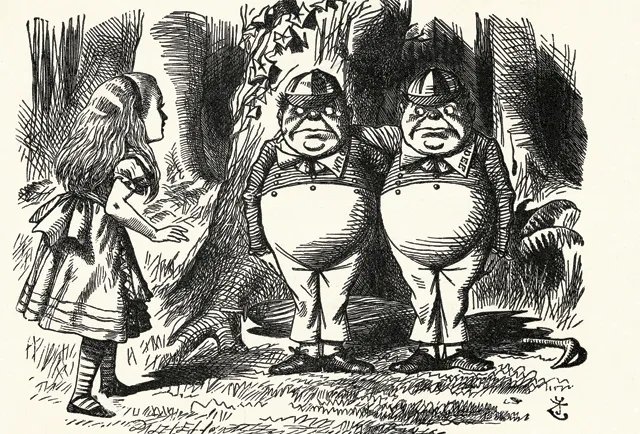
This is the basis of a new paper by physicists Latham Boyle, Kieran Finn and Neill Turok of the Perimeter Institute for Theoretical Physics in Waterloo Ontario in Canada along with the University of Manchester in the UK. In doing their calculations the physicists also discovered that their new, symmetric model of the Universe had a couple of other advantages as well. For one thing the period of rapid expansion called inflation immediately after the big bang proposed by Alan Guth back in the 1970s to account for the almost perfect flatness of the Universe is simply not needed. The model proposed by Boyle, Finn and Turok provides a flat Universe full of particles naturally, without the ‘ad hoc’ insertion of inflation.
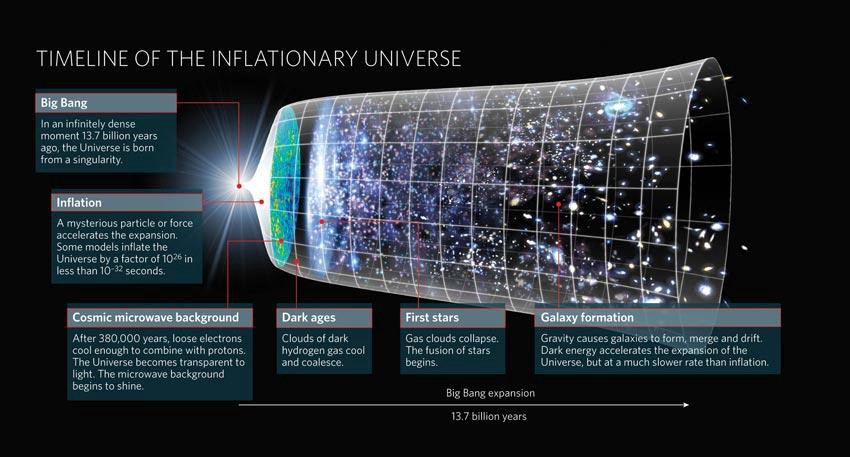
Another feature of the model is that it requires a fourth type of neutrino, those mysterious ‘ghost’ particles that very rarely interact with more normal particles. The researchers think that their fourth neutrino species could provide the basis for the missing dark matter, maybe solving yet another problem in astrophysics.
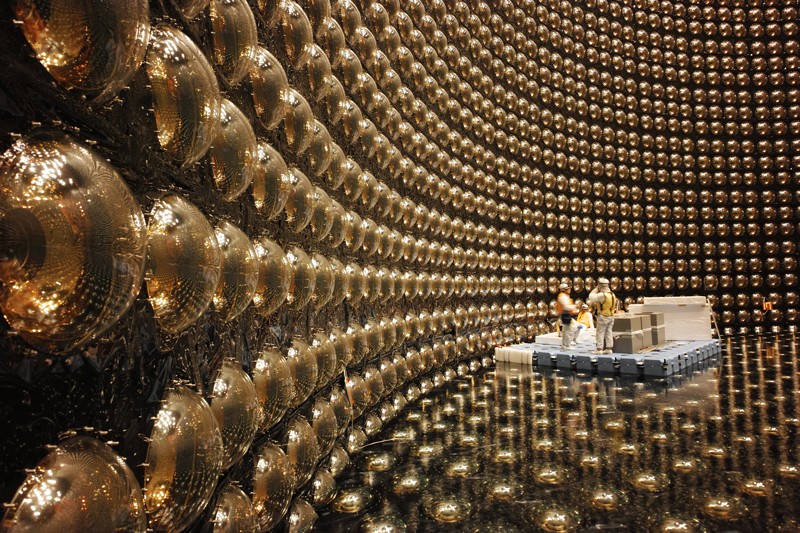
So, how do we go about proving that this new model is the correct one? After all it seems like new models of the Universe are being proposed nearly every week. Well, finding that neutrino would be a good start but physicists have been looking for ‘sterile’ neutrinos for a long time now without success.
The researchers also propose another way. Theories of inflation all predict that the rapid expansion at the beginning of the Universe should have produced large amounts gravitational waves, waves that the scientists at LIGO and Virgo gravity wave observatories may soon be able to detect. But if inflation didn’t happen, if the Universe is symmetric instead, then the search for primordial gravity waves will fail.
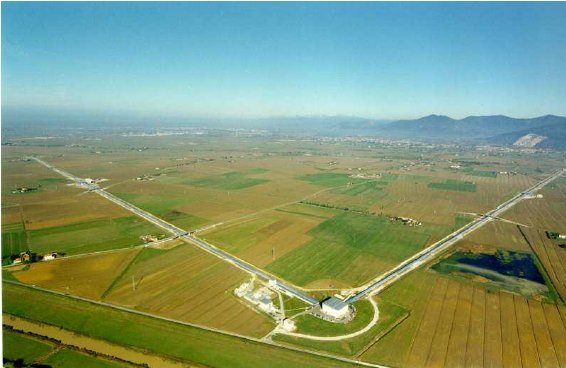
Of course it would be so much simpler if we could somehow look back before the big bang to see if there was an anti-matter Universe back then. But that’s impossible! Isn’t it?

